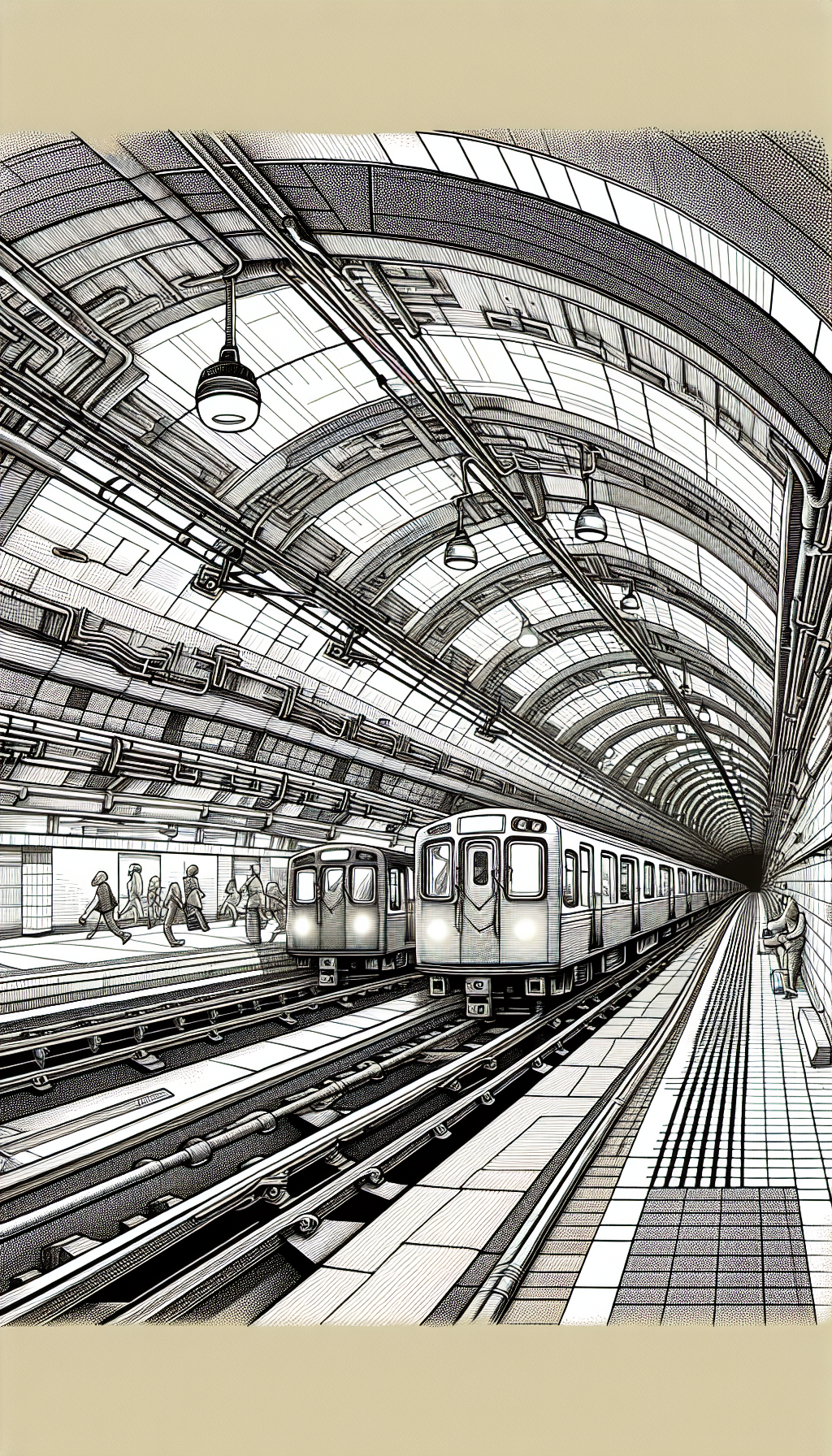Today, subways represent an intersection of engineering, innovation, and urban planning.
With their elaborate networks of underground passageways, they offer speedy travel times and a smooth commuting experience. This marvel of modern engineering has not only shaped urban mobility but has also significantly impacted urban culture and lifestyle.
Subways are designed to merge seamlessly with the urban fabric, creating a smooth transition between the city’s arterial roads and beneath its bustling streets. These transit systems are increasingly being viewed as economic lifelines, reducing travel times, and making cities more accessible. The impact on real estate value is significant, with properties near subway stations often commanding a higher price.
Beyond functionality, subways have also transformed into cultural hubs. Over time, the architecture and design of subway stations have evolved to reflect the city’s identity, with many stations turning into cultural landmarks. Some stations are adorned with intricate murals, while others are architectural masterpieces, showcasing the city’s artistic spirit. The subway, in many ways, has become a platform for cities to express their unique culture and history.
One eye-catching trend is the growing focus on sustainable and environmentally friendly practices in subway operations. Recent investments in subways aim to integrate green technologies, such as energy-efficient lighting and regenerative braking systems, which capture and reuse the energy generated by trains during braking. With an eye on reducing carbon footprints and promoting sustainable commuting, subways embody the ethos of green mobility.
Ridership on subways is seeing a rise, with a growing number of people opting for this mode of transit for its convenience, efficiency, and affordability.

To accommodate this surge, innovative technologies are being implemented to enhance the commuter experience. Interactive maps, real-time travel updates, and mobile ticketing systems are just a few examples of the cutting-edge technology reshaping the subway travel experience.
However, subways don’t come without their share of challenges. Issues such as overcrowding, maintenance, safety, and financial sustainability are pressing concerns that need to be addressed.
The need for effective management practices, backed by innovative technology solutions, is crucial for the continued success of subways as a viable transportation option.
Subways stand as a testament to human ingenuity and the relentless quest for progress.
As they continue to evolve with technology and changing urban demands, their role in shaping the future of cities is unmistakable. Today, as many cities around the globe reaffirm their commitment to sustainable living, the once humble subway has emerged as a symbol of modern, green, and efficient urban transportation.
Subways are no longer just a mode of transport; they are the lifeblood of cities, carrying millions of dreams daily, connecting communities, and fueling economies. Therefore, it is essential to continue to invest in the development and maintenance of subways, ensuring they remain a reliable and efficient means of transportation for all city dwellers.
As urban populations continue to rise, the significance of the subway as a sustainable, efficient mode of transportation will only grow stronger in the years to come. The future of urban mobility is beneath our feet, and it’s time we take a ride.